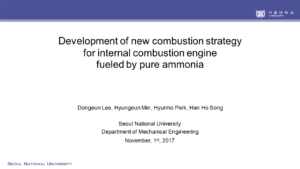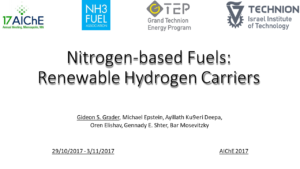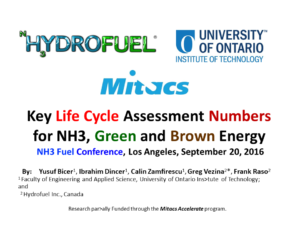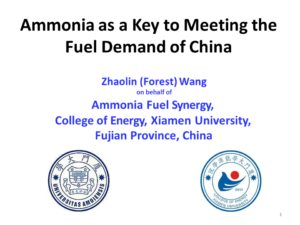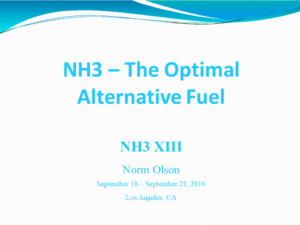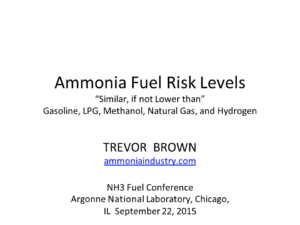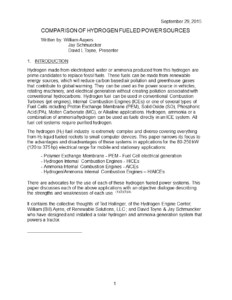Presentation
Development of New Combustion Strategy for Internal Combustion Engine Fueled By Pure Ammonia
Ammonia is considered as a promising hydrogen-carrier with good storability and transportability, which, then, can be used as a carbon-free fuel as needed. However, once the ammonia is produced from the regenerative sources, it is essential to develop the energy conversion device of the chemical energy stored in ammonia into some other useful forms, e.g. electricity. Among various candidates, we focus on an internal combustion engine as energy conversion device which can be applied on automobile, power plant and etc. and can use ammonia as fuel only by simple modification. There have been many studies on the use of ammonia…
